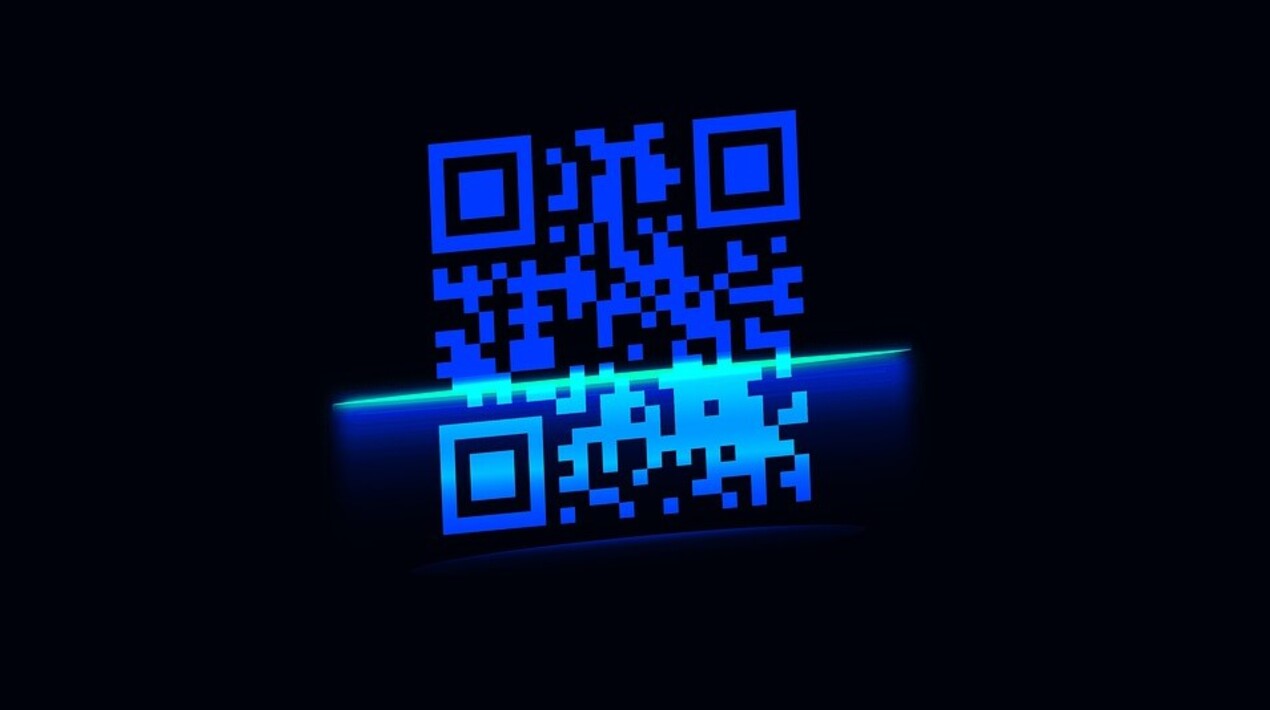
The Vietnam E-Commerce and Digital Economy Agency, under the Ministry of Industry and Trade, is now using QR codes for genuine product authentication. The technology has been put into operation to support and encourage people and businesses to use digital solutions to prevent counterfeit goods in e-commerce transactions.
A representative from the Agency’s informatics and digital technology centre, Do Dinh Tan, stated that the application allows consumers to retrieve information about the origin of products and when they purchased goods. This offers transparent information and prevents the sale of counterfeit and low-quality products.
The system is expected to help end the fear of counterfeit and imitation goods using technology and it also creates a foundation for applying more digital technologies in e-commerce transactions. Through the system, businesses and consumers can easily connect regarding warranty process information and promotions. This will create trust among customers and protect the reputations of products and businesses, helping them conquer foreign markets which usually have strict authentication requirements via QR Code. The system is also a useful tool for state management agencies to manage and control the commodities market, Tan said.
The Vietnam e-Commerce and Digital Economy Agency assists the Minister of Industry and Trade in the state management and law enforcement of e-commerce and digital economy activities. The Agency participates in drawing up and reviewing legal documents, strategies, plans, mechanisms, and policies to support and develop e-commerce. It receives and handles the registration, notification, and granting of permits for e-commerce activities.
The Agency sets out to establish and operate the essential infrastructure for e-commerce and digital economy building, including architectural frameworks and common technical platforms for business models that apply digital technologies.
Vietnam’s digital economy revenue reached US$ 53 billion in the first quarter of this year, according to a report by the Ministry of Information and Communications (MIC) from April. The digital economy is made up of the information communication technology (ICT) digital economy, the Internet digital economy, and the digital economy of industries. In the first quarter of this year, the Internet digital economy’s growth rate was 28%, reaching US$8 billion in revenues. The ICT digital economy and digital economy of industries each had average revenue growth rates of about 15%. By the end of February, the number of newly-established digital technology enterprises reached 65,329, an increase of 487 enterprises compared to 2021.
Regarding the e-government, as of April, the National Public Service Portal integrated 3,552 online public services, creating favourable conditions for people and businesses. In the first quarter of this year, the portal registered more than 167,000 accounts, synchronised over 14 million records, and clocked 163,000 online payment transactions worth US$15.9 million. Further, earlier this year, the country deployed a nationwide electronic invoice system and, according to the tax authority, it has currently received and processed 77.7 million e-invoices. MIC’s report also revealed that human resource training for digital transformation has been a government priority. Nearly 1,000 officials and civil servants have been trained so far. About 10,000 government personnel are expected to be trained by October.
















